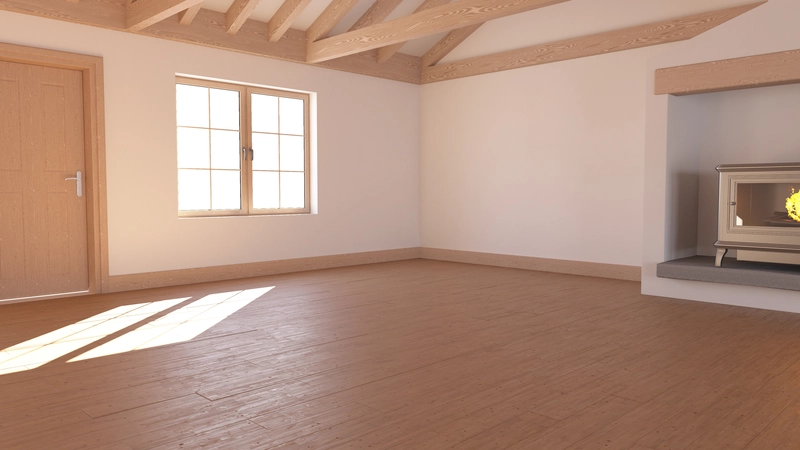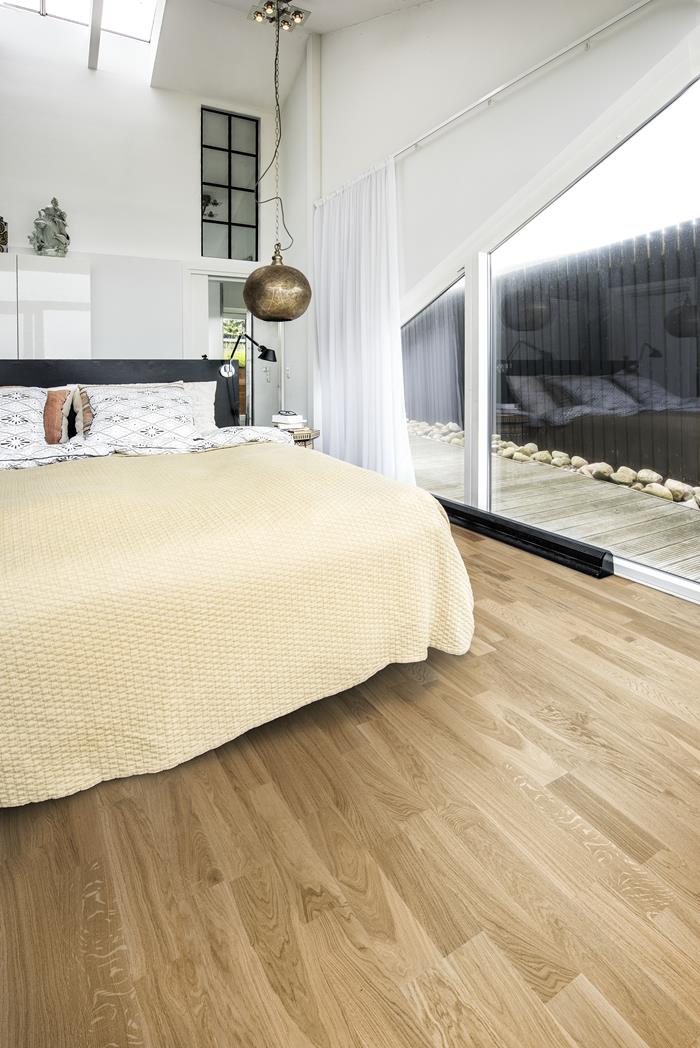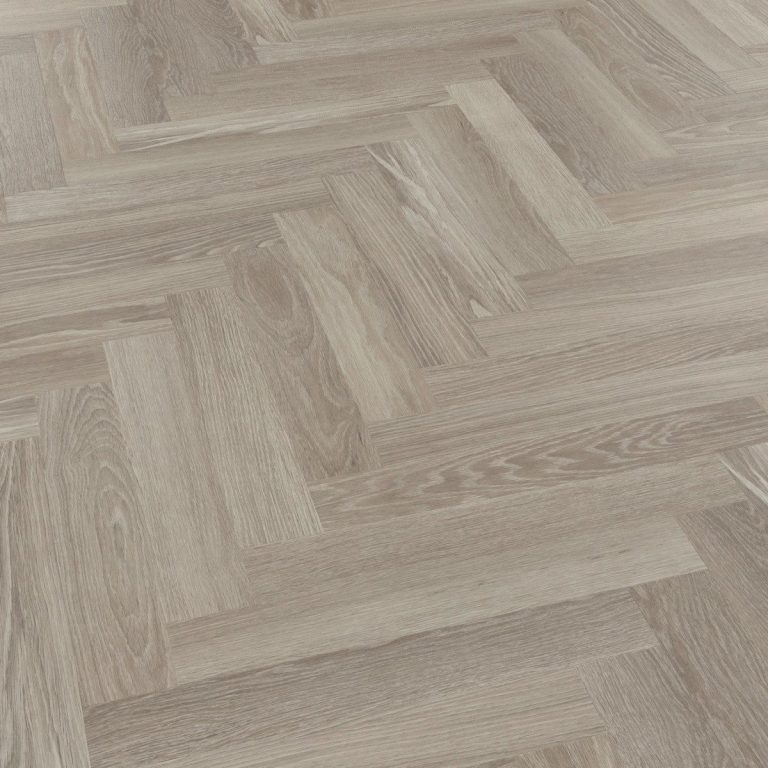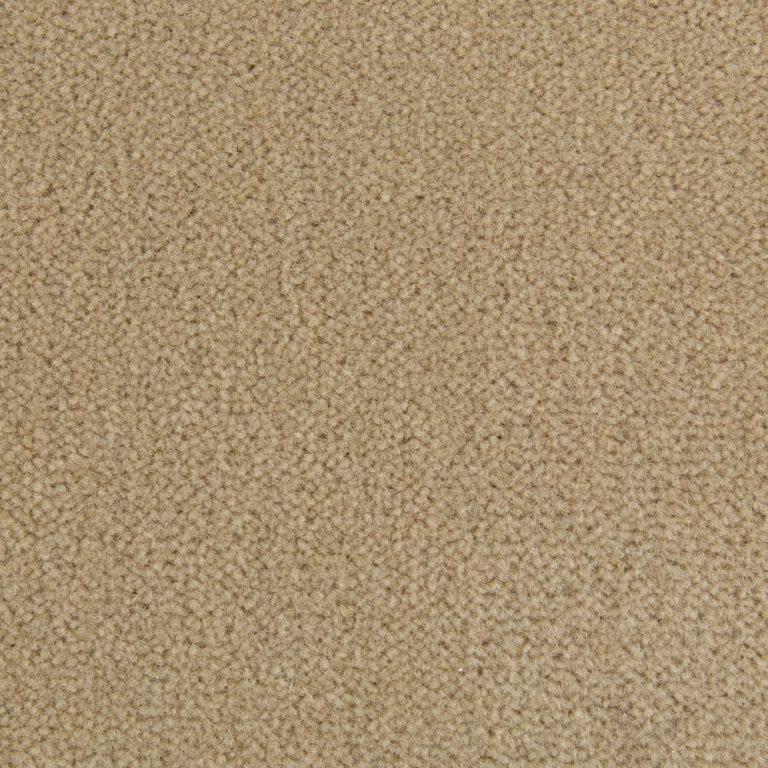Looking to make your living space more environmentally friendly and healthier? Sustainable flooring may be the solution you’ve been searching for. In this article, we explore what sustainable flooring is, why you should choose it, and the numerous benefits it offers.
From reducing environmental impact to improving indoor air quality, sustainable flooring provides a cost-effective and aesthetically pleasing option for your home. We also dive into the different types of sustainable flooring available, such as bamboo, cork, and reclaimed wood, to help you make an informed decision for your space.
Let’s get started on creating a more sustainable and stylish home together.
What Is Sustainable Flooring?
Sustainable flooring refers to eco-friendly flooring options that utilise natural and renewable materials, such as cork, bamboo, and reclaimed wood, which are sourced from sustainable sources and are designed to have low VOC levels, contributing to a healthier indoor environment.
These materials not only help in reducing the carbon footprint but also add a unique aesthetic appeal to living spaces.
Cork flooring is known for its cushioned feel and sound insulation properties, making it a popular choice for bedrooms and living rooms. Bamboo flooring, on the other hand, is highly durable and has a rapid growth cycle, making it a sustainable alternative to traditional hardwood. Reclaimed wood, sourced from old buildings or shipping pallets, adds character and history to a space while promoting recycling and reducing waste.
Reasons You Should Choose Sustainable Flooring
Choosing sustainable flooring is a clever decision due to its various benefits, including reduced environmental impact, impressive green credentials, and adherence to sustainable practices, making it a durable and eco-friendly option for households and businesses.
1. Environmentally Friendly
Sustainable flooring is environmentally friendly because it utilises materials from sustainable sources, such as bamboo and cork, which are renewable and help reduce the carbon footprint associated with flooring production.
Cork, for example, is harvested from the bark of the cork oak tree, which regenerates every few years, making it an ideal choice for eco-conscious consumers. Bamboo, on the other hand, grows rapidly and can be harvested without harming the plant, further emphasising its sustainable nature. These materials not only provide a beautiful aesthetic but also contribute to healthier indoor air quality, as they are low in volatile organic compounds (VOCs) compared to traditional flooring options.
2. Healthier Living Space
Sustainable flooring contributes to a healthier living space by maintaining low VOC levels and improving indoor air quality, which can have significant health benefits for occupants.
Reducing exposure to volatile organic compounds (VOCs) is crucial for respiratory health and overall well-being. Opting for eco-friendly flooring options such as bamboo, cork, or reclaimed wood can help minimise the release of harmful chemicals into the air.
Along with promoting better air quality, sustainable flooring materials are often non-toxic and free from synthetic substances, making them safer for both humans and pets. This not only decreases the risk of allergies and respiratory issues but also creates a more sustainable environment for future generations.
3. Durable and Long-lasting
Many sustainable flooring options, such as solid wood flooring and engineered hardwood, are known for their durability and long-lasting nature, making them a wise investment for any property.
Both solid wood flooring and engineered hardwood are highly regarded for their ability to withstand daily wear and tear, providing a timeless elegance to any space.
Solid wood offers a classic, authentic look, while engineered hardwood combines beauty with enhanced moisture resistance, ideal for areas prone to humidity.
These sustainable flooring choices not only add value to a property but also contribute to a healthier indoor environment, as they are often free from harmful chemicals and emissions.
Investing in such durable options can significantly reduce the need for frequent replacements, saving both money and resources in the long run.
The Benefits of Sustainable Flooring
The benefits of sustainable flooring are numerous, here’s the full explanation.
1. Reduced Environmental Impact
One of the primary benefits of sustainable flooring is its reduced environmental impact, as it often incorporates recycled materials and helps lower the overall carbon footprint.
By utilising materials that have already been in circulation, such as reclaimed wood or recycled glass, sustainable flooring not only reduces waste but also minimises the need for additional resources to be extracted from the environment.
In addition, many sustainable flooring options are manufactured using eco-friendly practices that prioritise energy efficiency and responsible sourcing, further decreasing their environmental footprint.
2. Improved Indoor Air Quality
Sustainable flooring can significantly improve indoor air quality by maintaining low VOC levels, which contributes to a healthier living environment and offers considerable health benefits.
Volatility Organic Compounds (VOCs) are emissions from various materials in indoor spaces, including adhesives, paints, and flooring. Opting for sustainable flooring with low VOC levels helps reduce the presence of harmful chemicals in the air, which can cause irritation and respiratory issues. By choosing eco-friendly flooring options, households can create a safer indoor environment for their families. Lower VOC emissions also benefit the environment by reducing harmful pollutants and promoting sustainability. Choosing sustainable flooring is not only a health-conscious decision but also an environmentally responsible one.
3. Cost-effective in the Long Run
Whilst sustainable flooring may have a higher upfront cost, it is cost-effective in the long run due to its durability and long-lasting nature, making it a wise investment for property owners.
Choosing sustainable flooring options not only benefits the environment but also offers financial advantages over time. These eco-friendly materials are designed to withstand heavy foot traffic, resist scratches and stains, and maintain their appearance for years to come. This durability eliminates the frequent need for repairs or replacement, reducing long-term maintenance costs.
4. Versatile and Aesthetic Options
Sustainable flooring offers a wide range of versatile and aesthetic options, including beautiful designs in solid wood flooring and cork flooring, allowing homeowners to choose eco-friendly products without compromising on style.
In terms of sustainable flooring, homeowners have the advantage of exploring various stunning designs that not only enhance their living spaces but also contribute positively to the environment. Solid wood flooring, for instance, is celebrated for its timeless elegance and natural charm, adding warmth and character to any room. On the other hand, cork flooring presents a unique blend of comfort and sustainability, with its softness underfoot and sound-absorbing properties. These options not only offer aesthetic appeal but also durability and versatility, making them popular choices among those looking for eco-conscious flooring solutions.
Types of Sustainable Flooring
There are several types of sustainable flooring options available, each with unique properties and benefits, including bamboo, cork, reclaimed wood, and recycled tile, all of which promote eco-friendly living and sustainable practices.
a. Bamboo Flooring
Bamboo flooring is an eco-friendly and renewable option that is known for its durability and stylish appearance, making it a popular choice for sustainable living.
One of the key benefits of bamboo flooring is its sustainable nature. Bamboo is a fast-growing grass that can be harvested every 5-7 years, unlike traditional hardwood trees that take decades to mature. This rapid growth cycle makes bamboo a highly renewable resource, reducing strain on forests and promoting environmental conservation.
b. Cork Flooring
Cork flooring is harvested from the renewable bark of cork oak trees, primarily found in Mediterranean cork forests in Portugal, offering a sustainable and comfortable flooring option.
One of the standout benefits of cork flooring lies in its natural insulation properties. The cellular structure of cork creates a barrier against temperature fluctuations, keeping rooms warm in winters and cool in summers, hence reducing energy costs. Cork flooring is hypoallergenic and antimicrobial, making it a great choice for those with allergies or respiratory sensitivities. Its shock-absorbent nature provides a comfortable surface to walk on, reducing strain on joints. The durability and resilience of cork make it a long-lasting option that requires minimal maintenance.
c. Reclaimed Wood Flooring
Reclaimed wood flooring repurposes timber from old structures, providing a sustainable source of flooring with vintage charm and often carrying FSC certification to ensure responsible forestry practices.
One of the key advantages of choosing reclaimed wood flooring lies in its positive environmental impact.
By utilising wood from previously constructed buildings, this type of flooring helps reduce the need for cutting down more trees, thus promoting eco-friendly practices.
The unique character and history embedded in each reclaimed wood plank offer a one-of-a-kind aesthetic that adds warmth and personality to any space.
d. Recycled Tile Flooring
Recycled tile flooring is an eco-friendly option that incorporates materials like recycled glass and PET carpet, providing a sustainable and stylish choice for modern interiors.
One of the most notable aspects of recycled tile flooring is its environmental impact. By using recycled glass and PET carpet as primary materials, this flooring option helps in reducing waste and promoting sustainability by giving new life to materials that might otherwise end up in landfills. Not only does this contribute to a healthier planet, but it also adds a unique and contemporary aesthetic to any space. Recycled tile flooring comes in various designs and patterns, making it a versatile option for homeowners and designers seeking both style and eco-consciousness.
e. Linoleum Flooring
The next most sustainable flooring is lino flooring. It is made from natural materials and is biodegradable, making it an eco-friendly option that combines durability with sustainability.
One of the key benefits of lino flooring is its eco-friendly composition. Due to its natural ingredients, lino is a great choice for those who prioritize environmental sustainability. Its biodegradability means that once the flooring reaches the end of its lifecycle, it won’t contribute to landfills unnecessarily. This characteristic sets lino apart from many synthetic flooring options that are not environmentally friendly.
Another advantage of lino is its resilience and durability. Despite being made from natural materials, lino is a tough flooring option that can withstand heavy foot traffic and daily wear and tear. This makes it an ideal choice for high-traffic areas in homes or commercial spaces.
f. Concrete Flooring
Concrete flooring is a hard-wearing and sustainable option that requires low maintenance and can be customised with various finishes to suit different design aesthetics.
One of the key benefits of concrete flooring is its exceptional durability, making it resistant to heavy foot traffic, moisture, and wear and tear over time. This longevity ensures that it can maintain its appearance for years to come, saving on repair and replacement costs. Concrete is an eco-friendly choice as it can be sourced locally, reducing the carbon footprint associated with transportation.
g. Wool Carpeting
Wool carpeting, made from natural fibres, is a hypoallergenic and sustainable option that can be paired with sustainable underlay materials to enhance its eco-friendly credentials.
One of the key advantages of wool carpeting is its ability to naturally resist dust mites, mould, and bacteria, making it an excellent choice for those with allergies or respiratory sensitivities. Wool is a durable material that can withstand heavy foot traffic, providing long-term performance and reducing the need for frequent replacements.
When paired with sustainable underlays made from materials like natural rubber or recycled felt, wool carpeting offers enhanced insulation and sound-absorbing properties, creating a comfortable and quiet indoor environment. Wool is a biodegradable material, making it a renewable and environmentally-friendly option for conscious consumers.
h. Recycled Rubber Flooring
Recycled rubber flooring is a one of sustainable flooring solutions that offers excellent shock-absorbent properties, making it ideal for high-traffic areas and commercial spaces.
One of the key benefits of using recycled rubber flooring is its eco-friendly nature. By utilising recycled materials, this type of flooring helps to reduce waste and promote environmental sustainability. Its durability ensures longevity and minimises the need for frequent replacements, making it a cost-effective solution in the long run.
The shock-absorbent properties of recycled rubber flooring provide a comfortable and safe surface, especially in areas where people stand for extended periods or where impact protection is crucial. Its versatility allows for installation in various settings such as gyms, playgrounds, and even outdoor spaces, offering both resilience and traction.
Are you looking to transform your living space with a touch of elegance and durability? Look no further than TEKA Flooring, where quality meets style in every plank.
We understand that your home is a reflection of your personal style. That’s why TEKA Flooring offers a wide range of designs and finishes to suit any aesthetic. Whether you prefer the classic warmth of hardwood or the sleek modern look of laminate, we have the perfect option for you. Visit us now!
Read also:

































